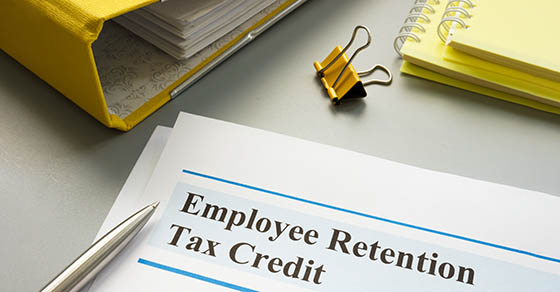Many businesses in certain industries employ individuals who receive tips as part of their compensation. These businesses include restaurants, hotels and salons.
Tip definition
Tips are optional payments that customers make to employees who perform services. They can be cash or noncash. Cash tips include those received directly from customers, electronically paid tips distributed to employees by employers and tips received from other employees under tip-sharing arrangements. Generally, workers must report cash tips to their employers. Noncash tips are items of value other than cash. They may include tickets, passes or other items that customers give employees. Workers don’t have to report noncash tips to employers.
For tax purposes, four factors determine whether a payment qualifies as a tip:
- The customer voluntarily makes the payment,
- The customer has the unrestricted right to determine the amount,
- The payment isn’t negotiated with, or dictated by, employer policy, and
- The customer generally has the right to determine who receives the payment.
Tips can also be direct or indirect. A direct tip occurs when an employee receives it directly from a customer, even as part of a tip pool. Directly tipped employees include wait staff, bartenders and hairstylists. An indirect tip occurs when an employee who normally doesn’t receive tips receives one. Indirectly tipped employees include bussers, service bartenders, cooks and salon shampooers.
Daily tip records
Tipped workers must keep daily records of the cash tips they receive. To keep track of them, they can use Form 4070A, Employee’s Daily Record of Tips. It is found in IRS Publication 1244.
Workers should also keep records of the dates and value of noncash tips. Although the IRS doesn’t require workers to report noncash tips to employers, they must report them on their tax returns.
Reporting to employers
Employees must report tips to employers by the 10th of the month following the month they were received. The IRS doesn’t require workers to use a particular form to report tips. However, a worker’s tip report generally should include:
- The employee’s name, address, Social Security number and signature,
- The employer’s name and address,
- The month or period covered, and
- Total tips received during the period.
Note: Employees whose monthly tips are less than $20 don’t need to report them to their employers but must include them as income on their tax returns.
Employer requirements
Employers should send each employee a Form W-2 that includes reported tips. Employers also must:
- Keep their employees’ tip reports.
- Withhold taxes, including income taxes and the employee’s share of Social Security tax and Medicare tax, based on employees’ wages and reported tip income.
- Pay the employer share of Social Security and Medicare taxes based on the total wages paid to tipped employees as well as reported tip income.
- Report this information to the IRS on Form 941, Employer’s Quarterly Federal Tax Return.
- Deposit withheld taxes in accordance with federal tax deposit requirements.
In addition, “large” food or beverage establishments must file an annual report disclosing receipts and tips on Form 8027, Employer’s Annual Information Return of Tip Income and Allocated Tips.
Tip tax credit
If you’re an employer with tipped workers providing food and beverages, you may qualify for a federal tax credit involving the Social Security and Medicare taxes that you pay on employees’ tip income. The tip tax credit may be valuable to you. If you have any questions about the tax implications of tips, don’t hesitate to contact us.
© 2023






